PRINCES OF THE MOHAMMED ALI DYNASTY
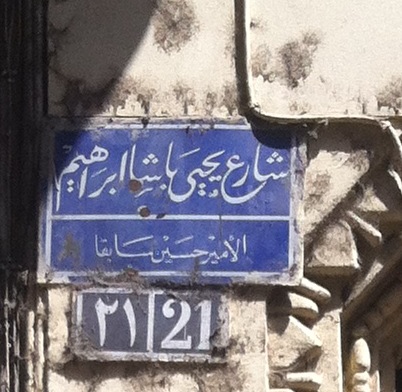
Prince Hussein-Kamel (1853 - 1917) was the second son of Khedive Ismail. he assumed the role of
sultan of Egypt between December 1914 and October 1917
Street renamed after Prime Minister "Yehya Ibrahim Pasha" a leading notable from Alexandria

Prince Mohammed-Toussoun (1853 - 1873) a son of Khedive Ismail who died in combat
Street renamed honoring "Sheik (Hussein) al-Marsafi" (d. 1899) a noted religious scholar from the era of Khedive Ismail

Prince Hassan (1854 - 1888) was the third son of Khedive Ismail serving in the Ottoman army with the rank of general.
Street renamed "Amir al-Messbah"
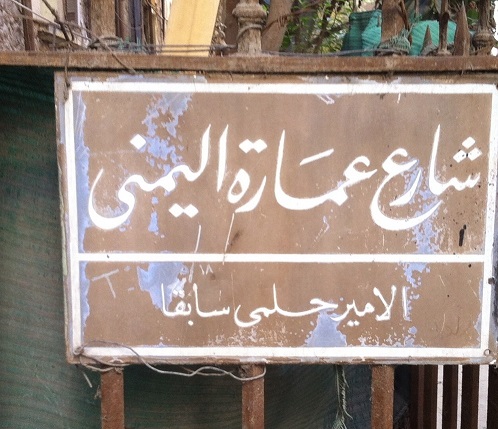
Prince Ibrahim-Helmy (1860 - 1927) never assumed any political role
Street renamed "Emaret El Yemeni" after Zamalek's first pre-WW1 apartment building. Originally called "Ghezireh Mansions" the building was renamed Emaret al-Yamani. It stands at the western end of the street.
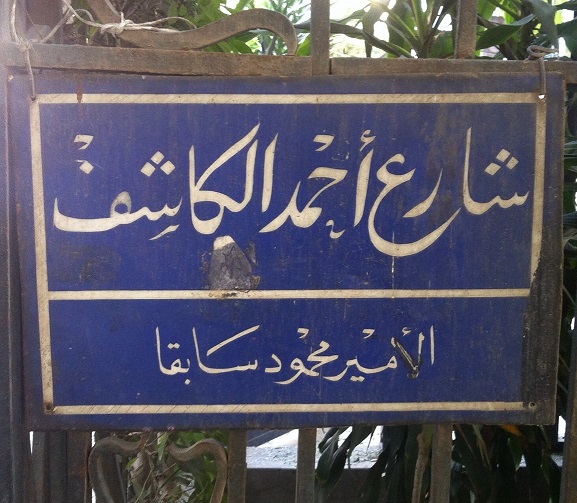
Prince Mahmoud-Hamdi Ismail (1863 - 1921) a son of Khedive Ismail was educated in London. Did not assume any political role
Street renamed "Ahmed al-Kashef" (1878 - 1958) in honor of an Egyptian poet who was also a brother in law of Sharkia notable Amin Chamsi Pasha
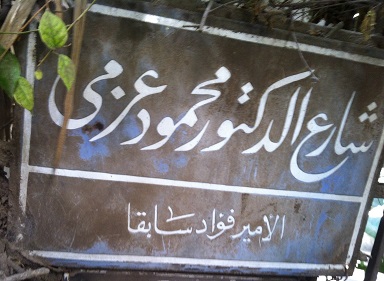
Prince Fouad (1868 - 1936) was the youngest son of Khedive Ismail. He became Sultan Fouad in 1917 and in 1923 became Egypt's first constitutional monarch
Street renamed in honor of journalist and politician "Dr. Mahmoud Azmy" (1889 - 1954)
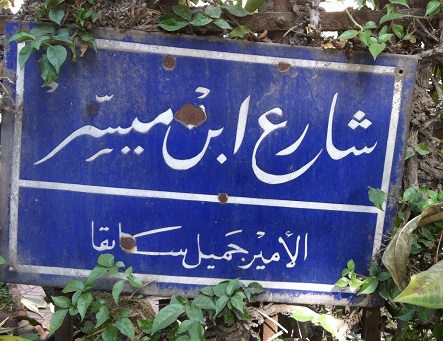
Prince Mohammed-Jamil Toussoun (1874-1939) was a grandson of Khedive Ismail. He was the first husband of Princess Nimetullah Tewfik, a granddaughter of Khedive Ismail and sister of Khedive Abbas Hilmi II
Street renamed "Ibn Meyasser" a religious figure from Alexandria

Prince Kamaleldine Hussein (1874 - 1932) was a grandson of Khedive Ismail. He was also the second husband of Princess Nimetullah Tewfik. He is remembered mostly as the heir who refused Egypt’s throne in October 1917 following the death of his father Sultan Hussein Kamel. A desert explorer Prince Kamaleldine was a devout Sufi belonging to the Bektashi order.
Street renamed "Sayed al-Bakry" in honor of a 19th century notable who headed Egypt's Ashraaf (descendants of the Prophet) Syndicate
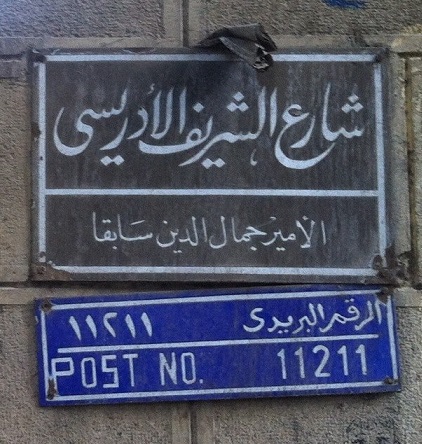
a grandson of Khedive Ismail
Street renamed honoring "Al-Idrissi" after a Libyan nationalist
SULTANS AND NOTABLES OF THE AYYUBID PERIOD

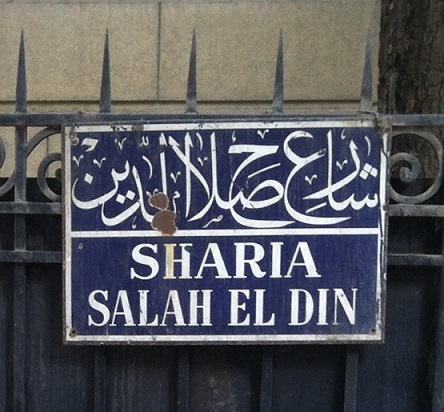
Sultan Salaheldine Al Ayyubi (Saladin) (ruled: 1174 - 1193)

Sultan Al-Aziz Osman (ruled: 1193 - 1198)
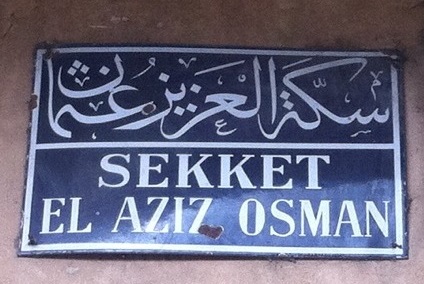
A lane by the same name: Sultan Al-Aziz Osman Lane

Sultan Al-Kamel Mohammed (ruled: 1218 - 1238)
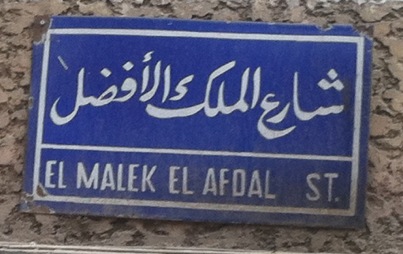
Sultan Al-Malek Al-Afdal of Syria & Palestine (1169 - 1225)
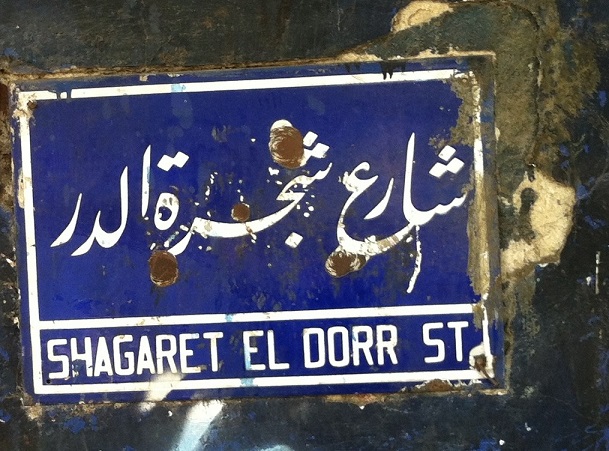
Sultana Shagaret al-Durr (d. 1257) widow of Sultan Al-Saleh Ayoub (1205 - 1249)
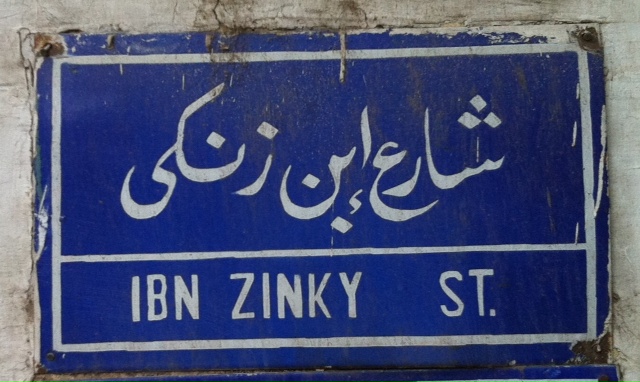
Although Sultan Mahmud Nurldine Ibn Zangi of Syria & Egypt (1118 - 1174) was not an Ayybid he was the general under whom Salaheldine (Saladin) Al-Ayyubi served as a vassal before rising to international fame

Sultan Al-Saleh Ayyub last of the Ayyubi sultans of Egypt husband of Shagaret Al-Durr
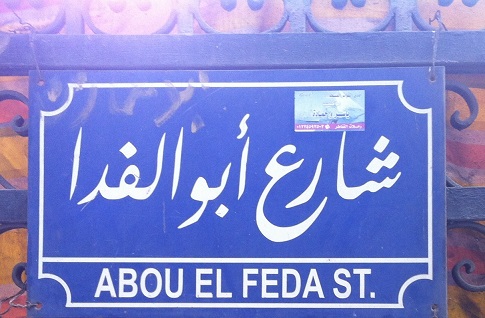
Abo Al-Fedda Street named after a famous Ayyubid-era geographer
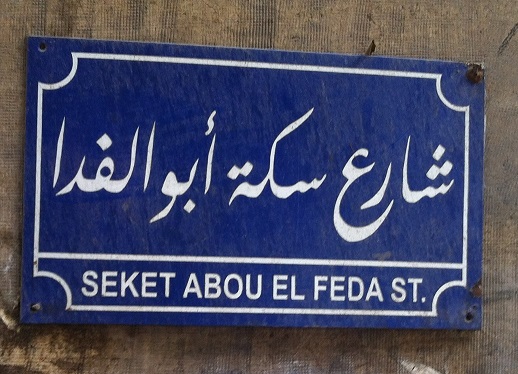
Abo Al-Fedda Llane named after a famous Ayyubid era geographer
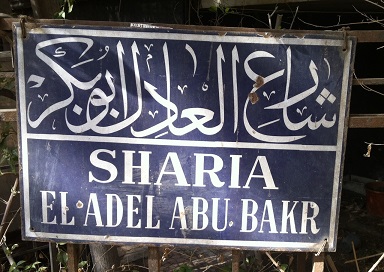
Sultan Adil Al-Ayyubi, brother and occasional adversary of Sultan Salaheldine (Saladin)
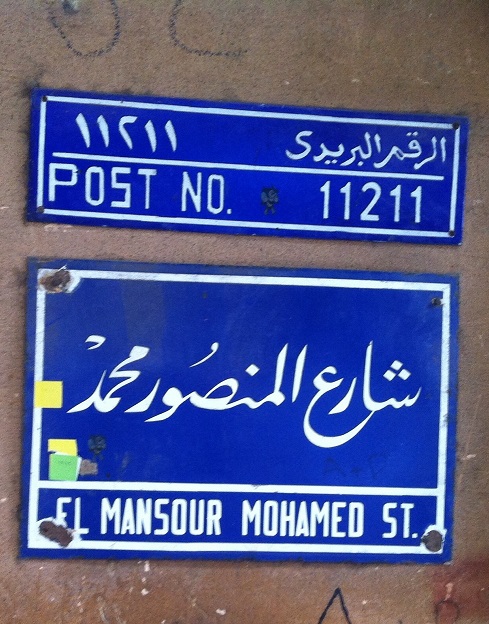
Sultan Al-Mansour Mohammed a grandson of Saladin

Chief Minister Bahualdine Qaraqosh built the famous Cairo Citadel. He was Saladin's chief minister and virtual ruler of Egypt during the absence of his master. Ruling with an iron fist during his regency of Egypt his reign became legendary hence the popular saying hokm Qaraqosh
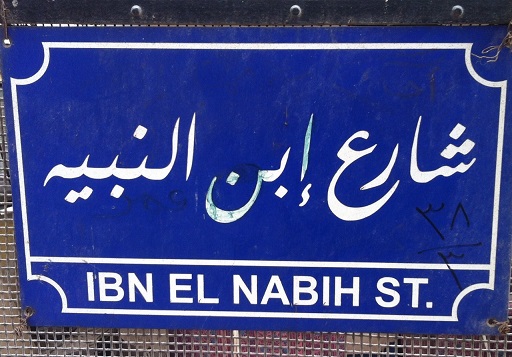
Street is named after the Ayyubid-era poet Hassan Ibn Al-Nabih
LANDMARKS, PASHAS & NOTABLES

Probably the longest street on the island running around the circumference of the Gezira Sporting Club
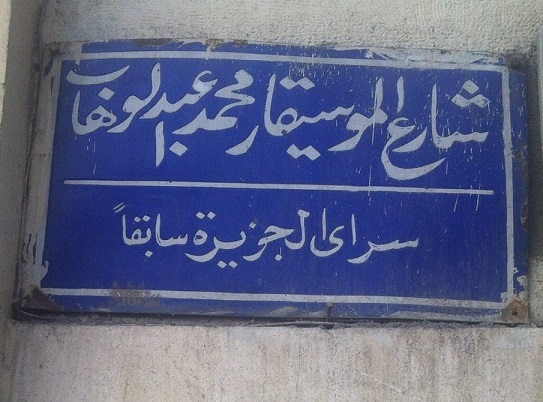
Originally this was Saray Al-Gezira Street in reference to Gezira Palace (Mariott Hotel). It was renamed after singer composer Mohammed Abdel Wahab in the late 1990s

This street's original name "Gezira al-Wosta" belies Gezira-Zamalek, which started as three separate islands that bonded together in the early 19th century. The largest of these islands was situated in the middle hence the original street's name which means Middle Island.
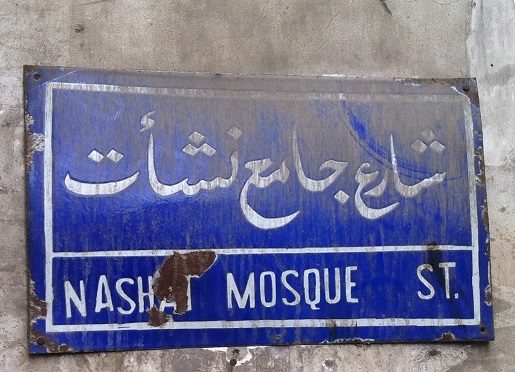
Street named in honor of the nearby Mosque built by Hassan Nachat Pasha former Egyptian ambassador to the Court of St James (UK) during WW2. Both the ambassador and his first wife are buried in the Mosque.
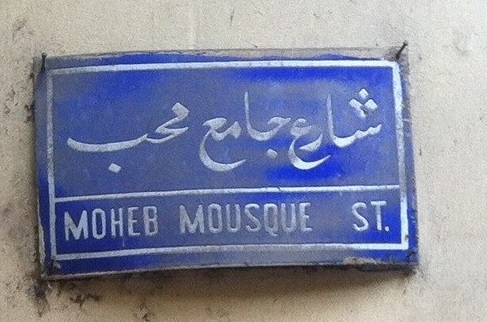
Moheb Pasha built the mosque on Hassan Sabry Pasha Street. His daughter Nagiba was married to Prince Adil Toussoun (son of Prince Jamil Toussoun and Princess Nimetullah Tewfik)
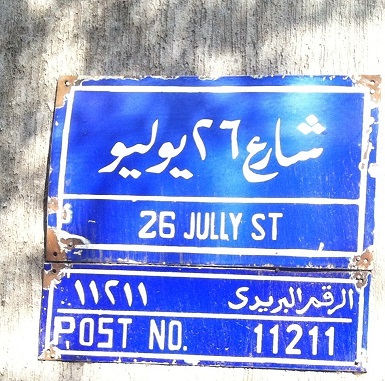
This is considered Zamalek's main avenue running on an east-west axis bisecting the island into north and south districts. Originally it was called Bulak Avenue and later changed to King Fouad Avenue before becoming 26th of July Avenue
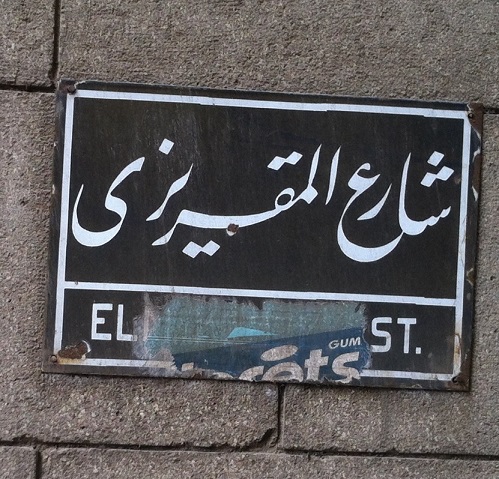
Taj Al-Din Al-Maqrizi was a leading 14th century Mamluk-era historian
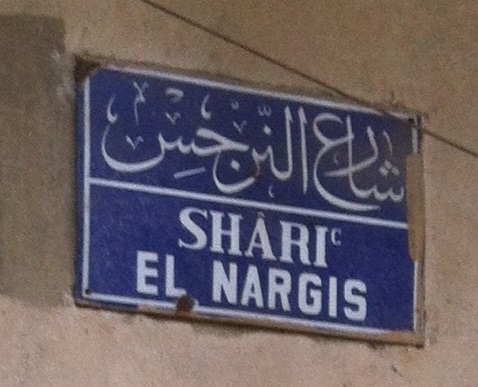
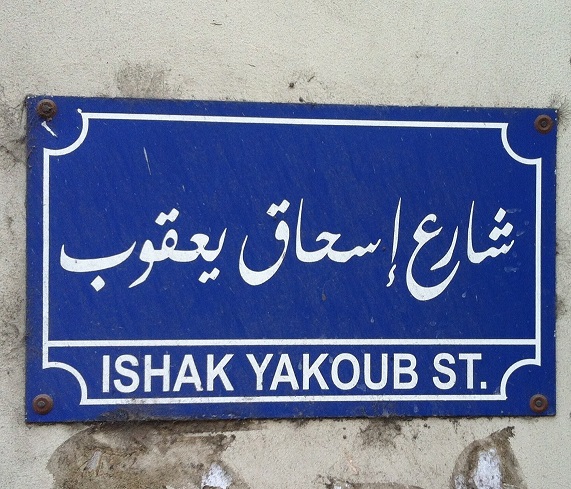
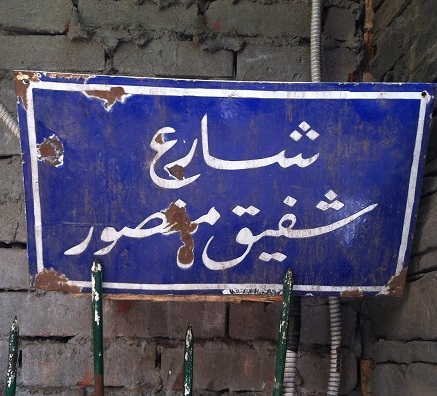
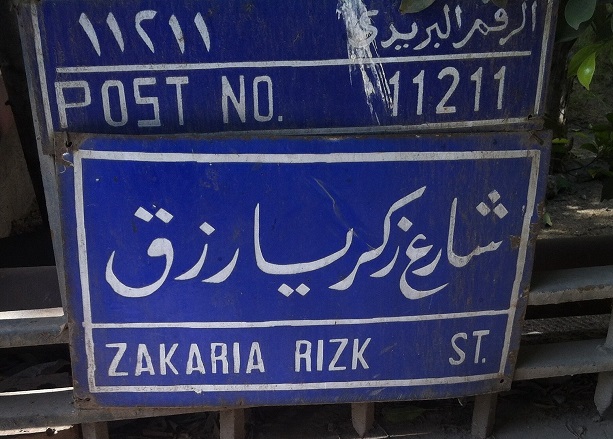
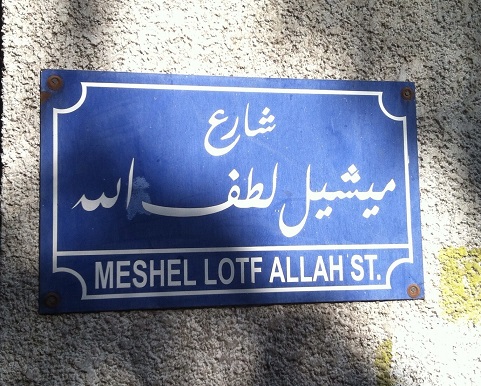
Michel Lotfallah's father Habib Lotfallah purchased the Gezirah Palace in October 1919 for LE 115,000. Michel died in 1961 survived by his wife Lodi Cordahi and his two sons: Habib and George and a granddaughter Laila Lotfallah
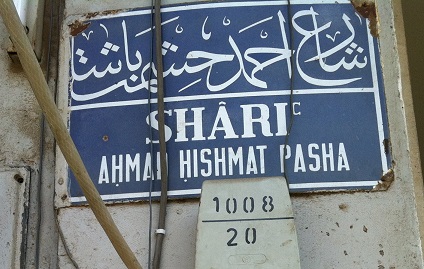
Ahmed Heshmat Pasha (1858 - 8 May 1926) born in Kafr al-Meselha, Monoufia. A graduate of Cairo's Law School, he obtained his Ph.D. from Montpelier, France. Starting off as Avocato Oumoumi, or public prosecutor, he was appointed in turn governor of Gerga, Assuit and Dakahlia. He was a member of several government cabinets as minister of Finance, Education, Foreign Affairs and Awkaf. Heshmat Pasha headed the committee that drafted the 1923 Constitution.

Civil engineer Mohammed Mar'ashly Pasha was minister of public works during the reign of Khedive Ismail. Later, he was appointed chief engineer of coastal forts about the time when the British fleet bombarded Alexandria in July 1882. When consulted by Khedive Tewfik regarding an appropriate response to Britain's aggression, Mar'ashly, contrary to all those present, suggested conceding to the British. Sparing innocent lives was the best option in view of the poor state of the military.
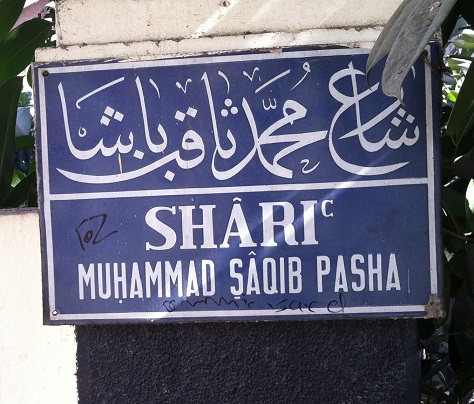
Born in Korashia, Gharbia Province, Mohammed Thakib Pasha was part of the 19th century state scholarship program which sent a selection of Egyptian students to study in Europe. As an engineer he participated in the Delta Barrage al-Qanater al-Khairia project. He was also chief engineer in Upper Egypt. Mohammed Fadel, a grandson of Mohammed Thakib Pasha, asserts he was not only an irrigation engineer but a survey engineer as well who had a role in the planning up of Zamalek.

Mohammed Mazhar Pasha was a member of the 1826 first educational mission to Paris. He specialised in maths and engineering earning the praise of his instructors. He was appointed dean of the Artillery Academy in Tura Balad near Helwan. He built the Alexandria lighthouse and worked with French engineer Mougel Bey (1810 - 1890) whom he replaced in the construction of the Qanater Kheiriya, or Delta barrages and supervised the construction of the barrages on the Rashid branch of the Nile. He succeeded his scholarship-days colleague Mohammed Thakib Pasha to the post of minister of public works during the reign of Khedive Ismail Pasha. That same post would later be assumed by Mohammed Mar'ashly Pasha. All three engineers have Zamalek Streets named after them.
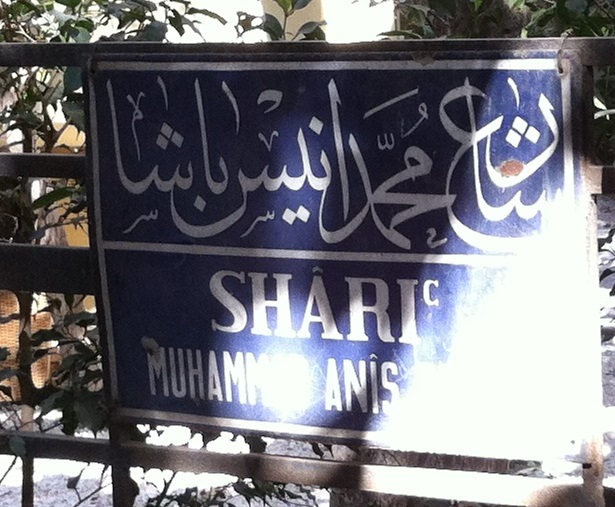

Bahgat Abou Ali Pasha

Before becoming Hassan Sabry Street in honor of Prime Minister Hassan Sabry Pasha who died while reading the Speech from the Throne at the Opening of Parliament, this street was called Gabalaya (Little Hill) Street. The street was subsequently given two names. South of 26th of July Avenue it is still called Hassan Sabry Pasha Street. North of the Avenue it is called Brazil Street because the Brazilian embassy was once located on that street

Ismail Mohammed Pasha was chief irrigation engineer for Egypt's southern mudireyas—provinces when the important Ibrahimia Canal was dug. In 1899 he was appointed President of Majlis Shoura / Qawanin, a legislative body.
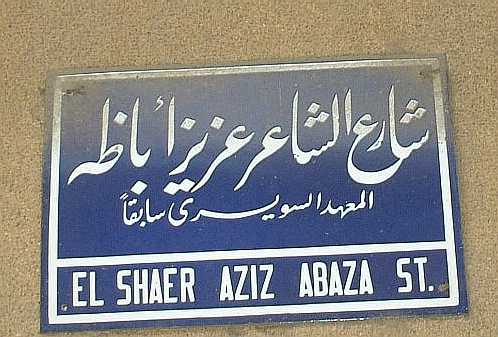
Poet Aziz Abaza Street changed names several times. Originally this was Amir Halim Street in view of a Nileside saray belonging to Prince Halim situated there. Later it became Maahad Al-Swissri (Swiss Institute) Street because of the Swiss archeological institute that made its home there. The last name change occurred in the 1980s to honor the great poet who lived at No. 17 on that street.
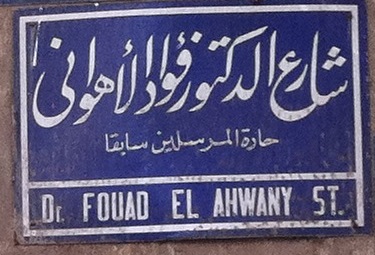
Moraseleen (Missionary) Street evidencing that this entire area was once the property of the Church
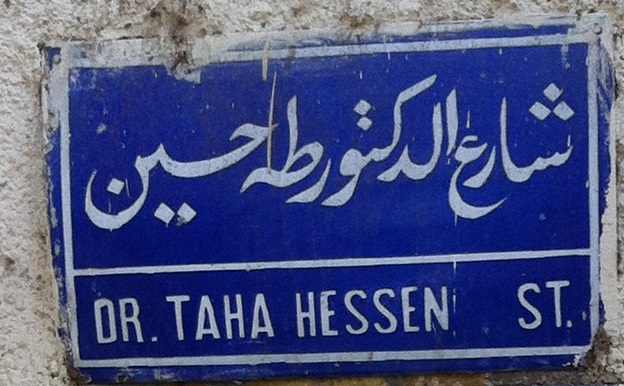
Originally this was Willcocks Street. Sir William Willcocks (1852 - 1932) was a British irrigation and hydraulic engineer responsible in part for the construction of the Aswan Reservoir in 1898-1902. He later became chairman of the Cairo Water Works Company was also president of the Anglo-Egyptian Land Allotments Company which was instrumental for the urbanization of Zamalek (then known as Gezireh) early in the 20th century. The street was renamed Taha Hussein Pasha (1889 - 1973) honoring Egypt's great thinker, philosopher, author and minister of education who although blind since a tender age succeeded in becoming an international heavyweight figure in the literary field. Although Taha Hussein never lived on Willcocks Street he resided in a lovely nearby villa on Scott Moncrieff Street
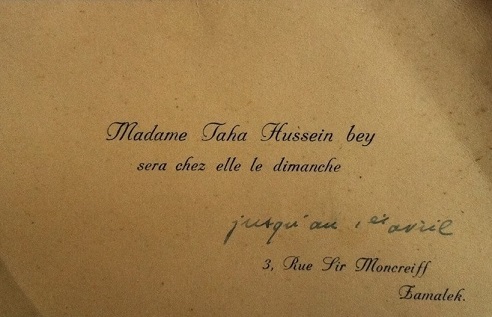

Mahmud Sidki was originally Garstin Street named after Sir William Edmund Garstin (1849 - 1925) a British irrigation and civil engineer and was for some time under-secretary of the Egyptian Ministry of Public Works. Another Zamalek Street was named after another British Irrigation engineer Sir Colin Scott MOncrieff.